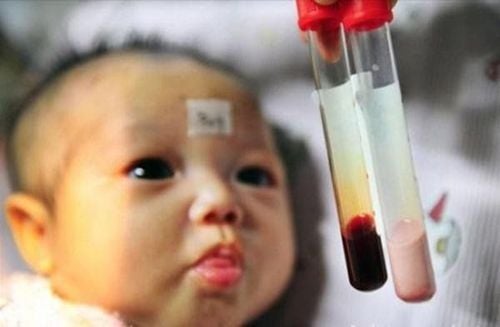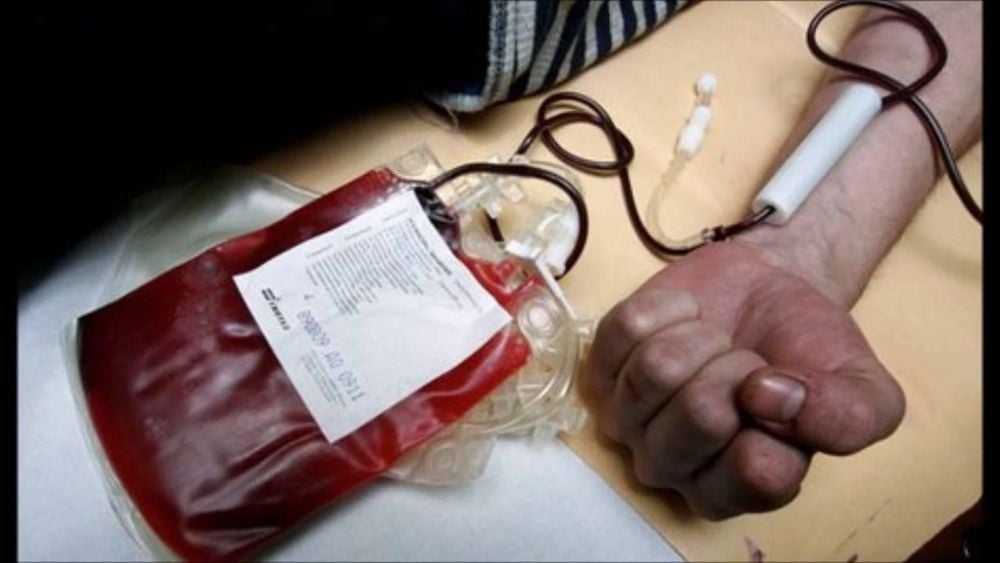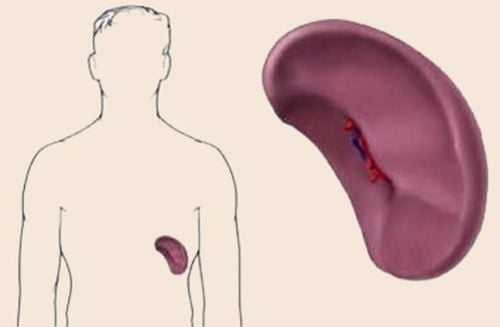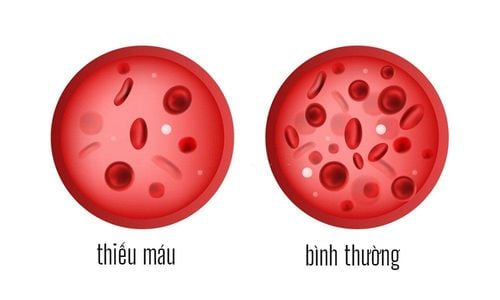This is an automatically translated article.
The article is professionally consulted by Master, Doctor Truong Thanh Tam - Pediatrician - Department of Pediatrics - Neonatology - Vinmec Danang International General Hospital. Dr. Tam has 15 years of experience working in the field of Pediatrics.Thalassemia hemolytic anemia was discovered and studied since 1925, the disease causes many consequences, serious consequences to the race, to the patient's life and to the community.
1. Thalassemia Hemolytic Anemia – Common Genetic Disease
Hemolytic anemia Thalassemia is an inherited hemolytic anemia caused by carrying a genetic disease that causes the disease. This is an autosomal recessive genetic disease. Specifically, normal people have 2 healthy genes, carriers of disease genes can have 1 disease gene, 1 healthy gene (no disease expression) or 2 disease genes (disease expression).Thalassemia is a common and dangerous genetic disease that causes chronic anemia in patients. In addition, the patient also has other typical symptoms such as: yellow eyes, darkening of the skin, enlarged abdomen, bone hypertrophy causing facial deformity, flat nose, protruding teeth, protruding forehead, growth retardation...
Thalassemia occurs in all countries, all ethnic groups, in both men and women, Vietnam is one of the countries with the highest rate of people infected.

2. Degrees of hemolytic anemia (Thalassaemia)
At the Workshop on Disseminating knowledge about Thalassemia disease recently held in Hanoi, Prof. Dr. Nguyen Anh Tri (Former Director of the Central Institute of Hematology and Blood Transfusion) said:
Thalassemia disease has three levels of disease: severe, moderate and mild. Thalassemia severe degree Thalassemia very severe will show signs of edema right from the time in the womb, there are cases of miscarriage before birth. Severe thalassemia Manifestations of severe anemia, which can manifest right after birth, but is most obvious when the baby is 4-6 months old. Symptoms will become more and more severe as the child grows.

Common symptoms of children with this disease are:
Pale children; Yellow skin and sclera; Physical retardation; Usually fever, diarrhea or other digestive disorders. Patients with severe disease with adequate blood transfusion can still develop normally until about 10 years of age.
But after 10 years of age, children will experience serious complications due to excessive red blood cell proliferation and iron accumulation such as:
Bone deformities: forehead hump, apical hump, large skull, high cheekbones, maxillary incisors protruding, flat nose, osteoporosis makes children prone to fractures; Gallstones Dull skin, yellow sclera, Delayed puberty: 15-year-old female has not had a period... Slow physical development. By the age of 20, the patient had additional complications such as arrhythmia, heart failure, diabetes, cirrhosis...
Moderate thalassemia Patients with anemia symptoms appeared later than Severe degree, usually about 4-6 years old, the child will clear and need a blood transfusion.
Patients only have moderate or mild anemia with hemoglobin levels from 6g/dl to 10g/dl, but if not treated adequately and promptly, it can easily lead to complications such as hepatomegaly, splenomegaly. , gallstones, tanning. By middle age, the patient will have symptoms of diabetes, heart failure, cirrhosis of the liver.
On the contrary, if the patient receives regular blood transfusion and iron chelation, the body can develop normally and without complications.

Mild Thalassemia People with mild thalassemia show symptoms of anemia very discreetly, almost without any special clinical manifestations. Only when the body has an increased need for blood, such as when women menstruate a lot, during pregnancy... will it be clear that the body is tired and the skin is blue. Blood tests showed a decrease in hemoglobin.
Most people with mild thalassemia are only found to have the disease when it is accompanied by other diseases such as infection or surgery, pregnancy...
3. Pre-marital examination to prevent disease risk
Thalassemia is a dangerous inherited anemia, most people do not have complete knowledge about this disease and have not been counseled on prenatal and genetic prevention.Thalassemia once manifested is an incurable disease, but the prevention is extremely simple. The disease can be easily detected through blood tests in the patient and carries the disease gene.
Therefore, the most effective way to prevent hemolytic anemia (Thalassaemia) is to have a blood test with pre-marital and prenatal check-ups.
With the above antenatal thalassemia screening measures, some countries have achieved very good results, even preventing or not giving birth to children with severe congenital hemolytic disease. This not only limits the difficulties of families with patients, but also gathers resources to provide good treatment for existing patients with hemolytic anemia.
One of the methods being implemented at Vinmec International General Hospital to screen for fetal malformations as well as for thalassemia screening is the non-invasive screening method NIPT.
During pregnancy, in the mother's blood, in addition to her own DNA, there is also the free DNA of the fetus. Instead of amniocentesis, which has a direct effect on the fetus, the non-invasive prenatal screening method (NIPT) is much safer because only 20ml of blood is taken from the mother's vein from the 9th week of pregnancy onwards. Go to DNA sequencing. This result will help experts detect fetuses with high risk of abnormalities of some chromosomes such as Down syndrome, Patau, Edward, Turner, Thalassemia,..., and reduce the rate. pregnant women with unnecessary amniocentesis. The outstanding advantage of this method is that it is non-invasive and can be carried out as early as the 9th week of pregnancy. Therefore, elderly pregnant women, families with children with anomalies... should choose NIPT solutions from an early stage of pregnancy.
Please dial HOTLINE for more information or register for an appointment HERE. Download MyVinmec app to make appointments faster and to manage your bookings easily.














